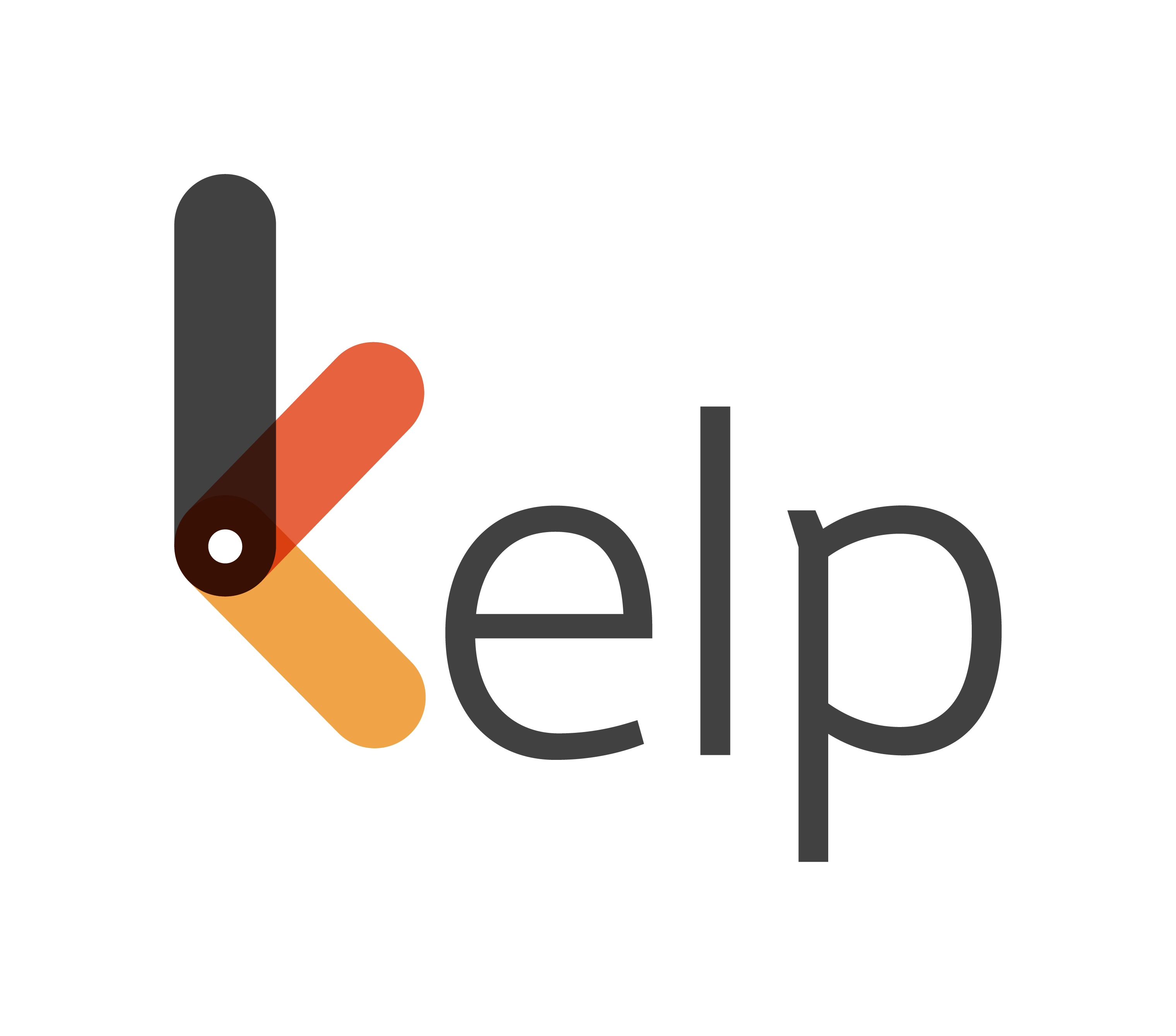OK folks, it is time to give the ‘good feel’ fella called employee engagement serious shape. How does this sound?
High engagement workplaces have a

- 63% difference in shareholder return
- 50% higher sales
- 56% higher customer loyalty
- 38% above average productivity
- 27% higher profits
Are you kidding, do I hear you ask? Let me ask you back. If Gallup, Hewitt or Towers Watson told you this, would you believe it better? The fact is this. The figures above come from a combined survey by all three of them!
Now that credentials are established, let us look at busting the biggest myth about employee engagement strategies and practices. Which proclaims that an organization must offer higher incentives to increase employee engagement.
The carrot-or-stick approach over-justifies incentivization and actually destroys an employee’s intrinsic motivation to perform. In many cases, the act itself is the cause of engagement, the driving force that enables employees to innovate, execute with excellence and exceed personal limits. Set a limiting price on this, and you limit his will to perform and his level of engagement.
Here is another interesting statistic.A Globoforce survey showed that 60% of employees look for employment elsewhere when they feel undervalued. And this reduces to 20% when employees feel appreciated! Lesson to be learnt? Move away from unemotional, transactional and top-down reward and award programs. No more of the milestone catalog gifts. How about making it social and emotional? Publicly appreciated? Applauded by peers? Awards tied to organization culture and values? Allows personal choice in the reward type?
Let us go back to basics. Anything that excites, promotes confidence and encourages self-motivation works like wildfire in blazing employee engagement.Three simple attributes of an employee engagement strategy can do the trick.
The first is placing freedom in the employees’ hands in the spheres of their work and accountability. The responsible creativity that bubbles up by opening this window of autonomy can be mind-boggling. Not to mention the multiplying effect of its healthy happiness for both the employee and the organization! Google’s incentive strategy of ‘20 per cent time’ allows its employees to devote just that extent of their time at work to whatever projects they want to work on. Similarly Altassin’s initiative of what they call ‘FedEx Days’ allocates one day a quarter for their employees to do whatever they want. At the end of the day, they gather to share what they have created. Cool, don’t you think?
The second concentrates on stroking positive psychology rather than highlighting what not to do, or what will not work. Most incentives are assassins of employee engagement, creating as they do (mostly by design), unattainable goals that leave employees frustrated in striving to meet them. By celebrating values and behavior that enhance the stated corporate culture, employees can be made more engaged, productive, and successful. Performance can then be kept separately to the high standards that are required for business to be successful.
The third is a wee bit wild, but grounded on a well-founded theory of psychology. It is allowing fluid intelligence to triumph over crystal intelligence. Simply put, it is promoting the skill to problem-solve in new situations rather than merely appreciating the ability to perform what one already knows how to do. Gamified initiatives in employee engagement can appeal to an employee’s will to succeed. Just as moving to the next level or ranking higher on the leaderboard drives game enthusiasts, this could well unlock their potential to think more creatively and feel more engaged.
Employee engagement is an endurance effort that lasts the entire lifespan of an organization. If promoted with genuine sincerity, a simple truth emerges. Engaged employees are more successful than successful employees being more engaged!
Related Posts
Best practices on Leave Policies across Corporate India
If you have been working for a decade or more, it is likely that you would have noticed a significant change in the kind of approach organizations are taking towards their leave policies. With the change...






